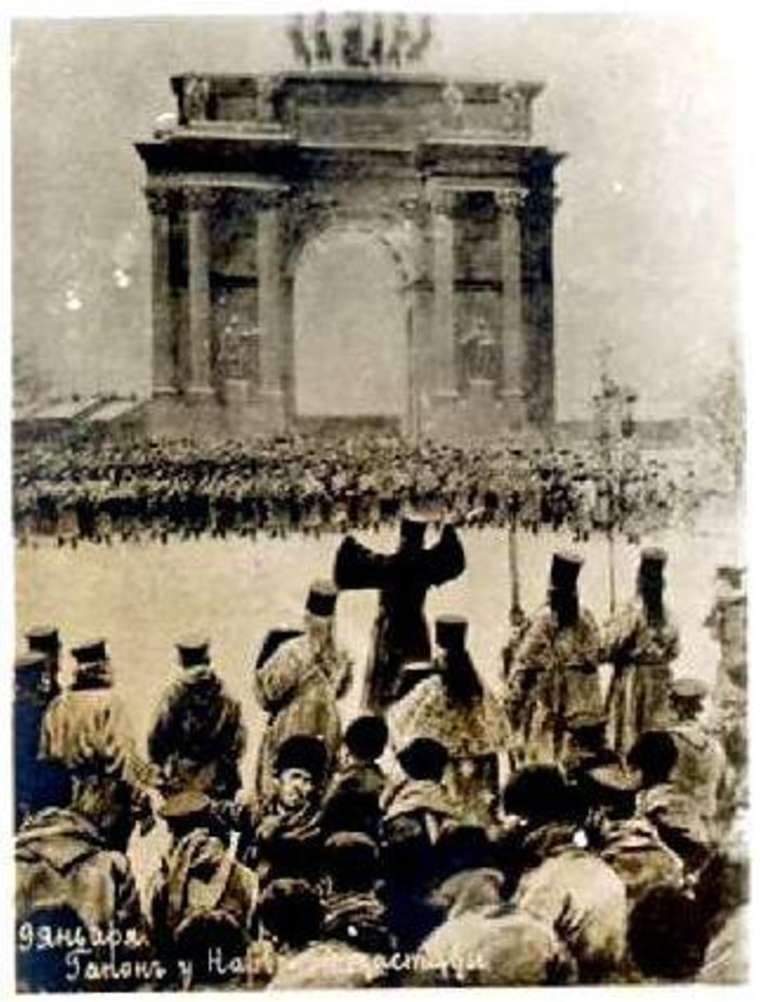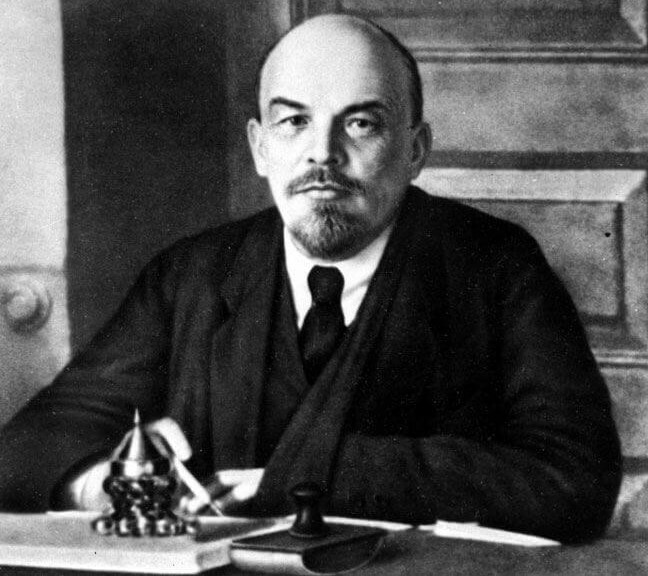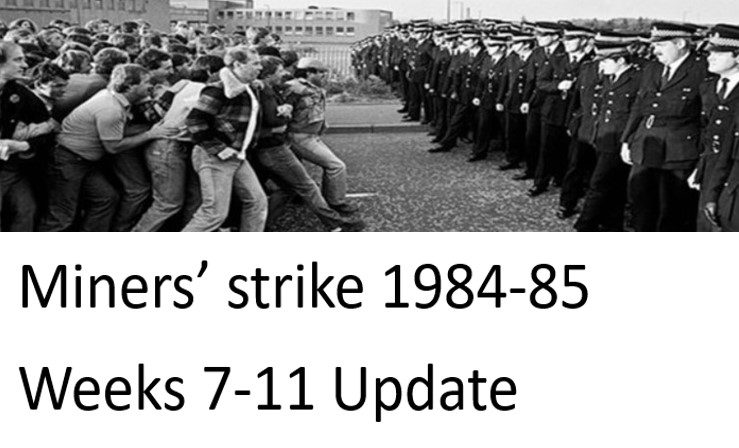Mark Langabeer, Hastings and Rye Labour member, introduces a lecture by Lenin from January 1917. You can read the lecture here.
——————-
I recently read the text of a lecture given by Lenin on the 1905 Revolution, given literally weeks before the beginning of the Revolution in 1917. This address was given to social democratic youth in Switzerland.
He began by stating noting that it was twelve years since ‘Bloody Sunday’ and the beginning of the 1905 Revolution and pointed out that the thousands who were outside the Tsar’s Palace were led by a priest who presented a petition requesting economic improvements and universal suffrage. They were not social democrats (socialists, in today’s language), but poverty-stricken people who were loyal to the crown.
The Tsar gave an order to shoot the protesters. According to police reports, over a thousand were killed and two thousand injured. The response was a strike wave which swept across Russia. Lenin noted that there were more strikes in January than there had been in the preceding ten years and the strike movement became increasingly political in character. He concluded that the Bloody Sunday was the awakening of the mass to political consciousness and revolutionary struggle.
Lenin also noted that socialists numbered little more than a few hundred prior to 1905, but they grew into thousands during the course of 1905. He also observed the beginnings of city-wide workers’ councils (soviets, in Russian) which directed the struggle, and in some cases took on the role of the state.
Peasants suffered indescribable poverty
By the spring of 1905, the first big peasant movements emerged. Lenin described the peasantry (who formed the overwhelming majority of the population in 1905), as living in indescribable poverty, oppressed by landlords and isolated from each other, often by great distances. They began to attack the big landlords, seizing grain and other foodstuffs. They demanded that the huge estates belonging to the nobility should be transferred to the people.

The strike movement in the cities and peasant uprisings began to affect the last prop of Tsarism which was the armed forces. Lenin gave the example of a soldier whose regiment was ordered to shoot anyone leaving the barracks. A sailor stepped forward and shot dead a senior officer and injured a rear admiral who had given the order. When the order was given to arrest him, fellow sailors gathered around him and demanded his release. Given the situation, officers complied with this demand and the sailor was released.
With the ferment among the people spreading to the navy and army, the Tsar and his advisors began to offer some political and economic reforms. But rather than quell the growing movement, it acted as a spur for genuine change. A parliament was even proposed, although it was not to be based on universal suffrage, and was only intended to be ‘advisory’.
Prison-house of nations
Alongside the struggle waged by the labour movement, there was a struggle for national liberation among many of the nationalities of the Tsarist Empire, which was a ‘prison-house’ of nations, according to Lenin. 57% of its people were non-Russian, but many were forced to speak the Russian language.
Ultimately, the Revolution in 1905 was defeated, and it was followed by a period of political reaction. But it inspired movements in the nations east of Russia. Lenin also observed that the movement wrought changes within Europe. The Austrian Government took fright at the developments in Russia and promptly introduced universal suffrage.
Lenin examined some of the weaknesses of the movement in 1905. Although huge sacrifices were made by the masses in their efforts to change society, they were inclined towards naivety in dealings with the class enemy. Lenin gave an example of troops releasing officers with promises of improvements in conditions, but the action only gave time for the officers to regroup.

Likewise, the workers committees were often transitory and not sufficiently developed to provide leadership over an extended period of time. Even where they did, there were illusions in the intelligentsia and ‘liberal’ wing of the opposition. That was even the case in February 1917, when the soviets re-emerged, and workers initially supported the liberal/reformist arm of the labour movement. It was the experience of events throughout 1917 and Lenin’s leadership that led to a majority of soviets coming around to the Bolshevik’s programme and to securing the success of the socialist revolution.
“Europe charged with revolution”
Lenin concluded his lecture by saying that Europe was charged with revolution. The monstrous horrors of the European War and the high cost of living were engendering a revolutionary spirit. The ruling classes and their governments were in a blind alley, from which they could not extricate themselves without huge upheavals.
All of this sounds familiar today. Just as in 1905, the coming years will witness popular movements against the rich and super-rich, the big banks and capitalists, and they will raise the question of socialist ideas.
Interestingly, Lenin added that ‘we of the older generation’ may not live to see the decisive battles, and he expressed the hope that the socialist youth would be fortunate enough not only to fight, but also to win in the coming struggles. He was proven both 100% right and 100% wrong, because in a matter of weeks, events were to unfold in which he would come to play a decisive role.
It is useful even today, more than a century after this lecture and these events, to read and study their content. Socialist ideas today rest on a mountain of valuable theoretical tradition and experience and it does us no harm at all to read and study it and see where that knowledge can be usefully applied today.
Lenin’s lecture from January 1917 can be found here.



